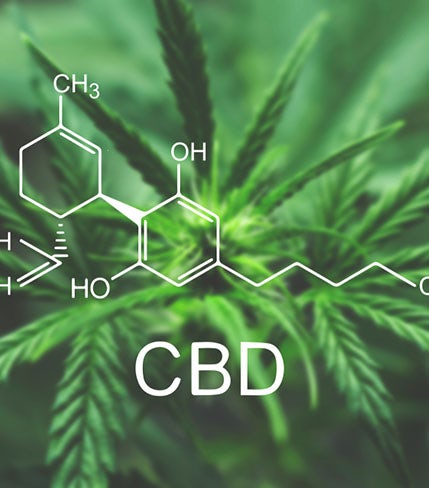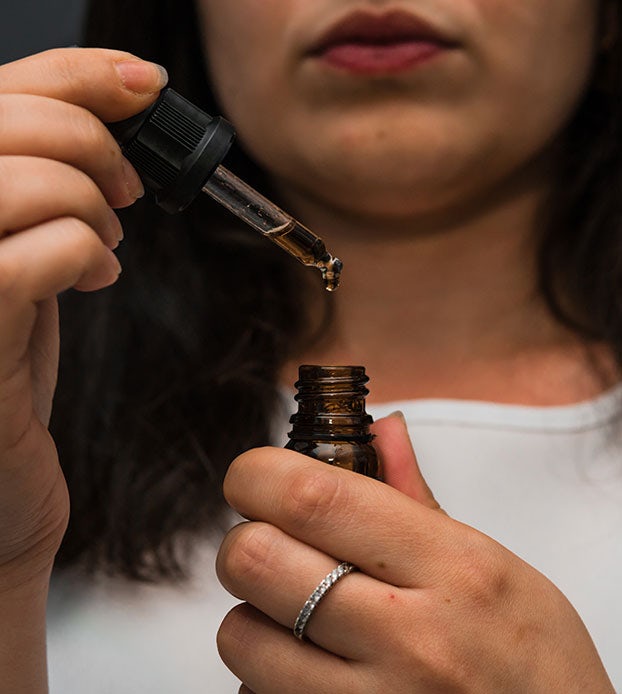Cannabis can relieve anxiety, but it can also cause it. Cannabis can make you sleepy, but it can also give you energy. Cannabis can relieve pain, but in some cases it can worsen it.
Some of these opposing effects may be due to differences in the chemical composition of a particular cannabis product — or by differences in the individuals using cannabis. But there is also another explanation — the biphasic response of cannabis.
What is a biphasic response? And what does it mean for finding the right cannabis dose for you?
When a chemical has a biphasic response, it means that the single substance can produce two opposing effects, one at a lower dose and one at a higher dose.
Consider the effects of alcohol, a common substance with a biphasic response. Have a single drink, and the low dose might leave you feeling happy, full of energy and ready to be social. On the other hand, take a high dose like say 10 drinks, and you are more likely to become tired and sad.
This kind of effect is usually represented with a biphasic response curve. If you were to graph it on a chart, on one side you would see how an effect (like the positive mood you experience with your first drink) starts at your baseline and increases as your dose of alcohol increases. But at a certain dose, this effect actually reverses. After this point, as the dose continues to go up, the curve of your positive mood goes back down — getting worse as you continue to drink. This creates a bell shaped curve — or a biphasic response curve.
Biphasic Response Curves and Finding the Right Dose
In terms of dosing, this means that to achieve the effect you are looking for you need to know what the optimal dose is — and specifically what dose is right for you. As we all know with alcohol, sensitivity can vary. One person may feel nothing from a single drink and only reach the happy social part of their response curve after a few drinks. Someone else might take a few sips to reach their ideal point, while a drink or two might send them past their ideal dose and leave them too drunk for comfort.
In other words, the ideal dose for any drug with a biphasic response will vary by individual — but each individual will have an optimal dose at the curve’s peak, just before any further increase sends the effect back in the other direction.
This kind of biphasic response curve has been studied in a wide variety of substances such as alcohol, nicotine, amphetamines, psychedelics like ayahuasca, and many pharmaceutical drugs. But it can also be found with cannabis’ two most plentiful and medicinally-utilized cannabinoids — THC and CBD.
Evidence for Biphasic Responses with Cannabis
One of the most commonly reported uses for medical cannabis, anxiety, also happens to have a highly reported biphasic effect. Some say that cannabis has a calming effect and can relieve their anxiety, while others say cannabis makes them feel more anxious and can create a feeling of paranoia. This is primarily attributed to the biphasic effects on anxiety exhibited by THC, and has been shown experimentally in a few ways.
In a study on mice, scientists gave mice subjects different doses of THC and then watched whether they avoided open spaces (a sign of increased anxiety in mice). Those who had lower doses spent more time exploring the open area than controls, while those with higher doses spent less time there. This suggests that lower doses reduced anxiety while higher doses increased it.
This was also replicated in a human study, where 42 patients were administered either a placebo or low (7.5 mg) or high (12.5 mg) doses of THC. After being given a variety of stress-inducing tests they were asked to rate their own stress. Like with the mice, those who took the low dose reported lower anxiety than those who took the placebo, while those who took the high dose experienced an increased anxiety response. While 7.5 milligrams isn’t an exceptionally low dose, in other experiments, doses of THC as low as 4 milligrams have also been effective at reducing anxiety symptoms in patients with PTSD.
THC’s biphasic effects have also been noted for temperature regulation, pain, appetite, motivational processing, novelty seeking, and locomotion and exploration.
But THC isn’t the only chemical in cannabis with biphasic effects. Similar effects have also been noted in CBD, a medicinal cannabinoid without THC’s mind-altering high. Animal studies on CBD and pain, for example, show that pure CBD reduces pain responses at lower doses, but then at a certain point can actually increase pain responses. Interestingly, when the same dose of CBD is left in a full spectrum cannabis extract (which includes other chemicals found naturally in the cannabis plant) this dose dependant curve disappears. CBD continues to increase pain relief as the dose increases, with no observed ceiling on the effect. Thus other compounds in the plant may offer a protection against this biphasic effect of CBD.
Biphasic responses have also been noted with CBD for nausea and vomiting relief. In animal studies, CBD decreased nausea and vomiting measures at low doses but seemed to enhance them at high doses. Other biphasic effects such as sedation and immune responses have also been found from CBD.
Working with Biphasic Responses
While the biphasic nature of cannabis might be intimidating at first, understanding it can help you better utilize your medicine.
This is especially important for conditions related to the studied biphasic effects mentioned above, such as anxiety and depression, sleep or fatigue issues, nausea, pain, immune health, or obesity and eating issues. But, it’s also something that should be taken into account anytime you are treating a condition with cannabis — since these effects are relevant even if they are just side effects.
The moral of the story is that dose matters. While you might think more is better, instinctually, the science shows that sometimes a smaller dose is more effective. To find your ideal dose, work with a practitioner who specializes in cannabinoid medicine. They can help you to hone in the right dose for you. By starting low (around 2.5mg) and gradually increasing, you can find your optimal dose and avoid ending up on the wrong side of that biphasic response curve.
Sign up for bi-weekly updates, packed full of cannabis education, recipes, and tips. Your inbox will love it.

 Shop
Shop Support
Support
















